The dream of curling up in front of a wood-burning fireplace while the snow falls outside is a nice idea. However, fireplace maintenance and the impacts it can have on your home and the environment make it an unappealing reality.
In this article, we’ll cover the main reasons to avoid a wood-burning fireplace and the downsides of this seemingly cozy heat source.
Increased Mess and Maintenance
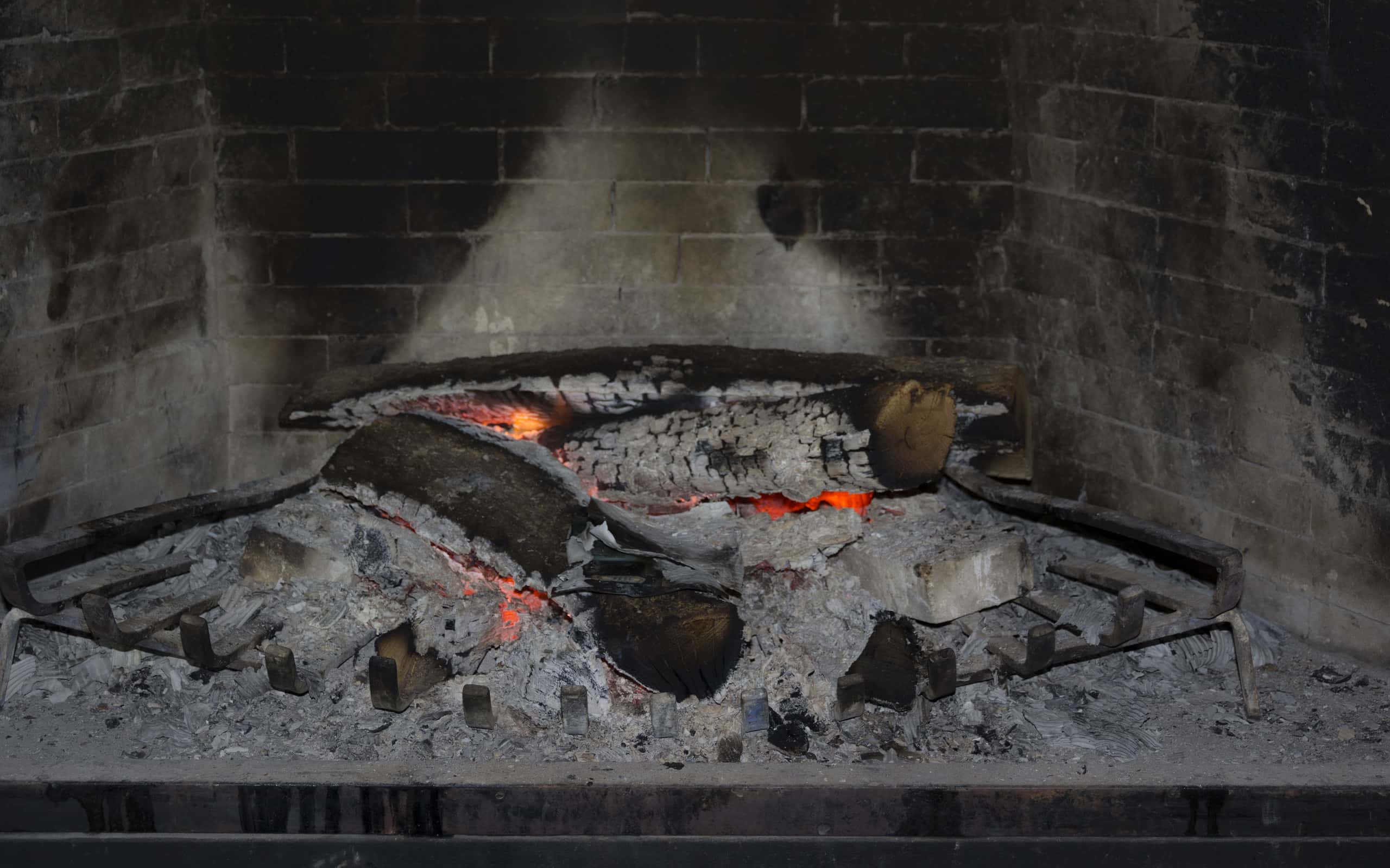
Wood ash is messy and should be scooped out of the fireplace regularly.
©chetverg/iStock via Getty Images
One of the main downfalls of a wood-burning fireplace is the mess. Ash is a natural byproduct of the wood-burning process, which builds up over time. Some ash will naturally fall around the fireplace as you add more wood. As a result, it needs scooping out and proper disposal.
Ensuring the chimney is clean and investing in chimney maintenance is essential for health and safety when using this heat source.
Detrimental to Air Quality

Wood-burning fireplaces contribute to poor air quality both indoors and outside
©Krzysztof Winnik/Shutterstock.com
While a clean, well-maintained chimney helps reroute smoke outside, some wood smoke will inevitably escape into your home. Sources show that wood smoke could triple pollutants within the home and release harmful particulate matter that could damage your family’s lungs.
People who are susceptible to particulate matter, such as asthmatics, individuals with COPD, and the elderly, should avoid indoor wood-burning fireplaces.
Poor Airflow Control

While fireplaces look lovely, they lack the airflow and heat circulation of other heat sources.
©mel-nik/iStock via Getty Images
Wood-burning fireplaces tend to heat one area incredibly well yet leave other areas cold. While newer models have fans, traditional models lack the airflow and heat circulation of a whole-house system.
Wood-burning furnaces with ducting help with this issue, but they can be costly to implement if your home doesn’t have one already.
Increased House Fire Risk
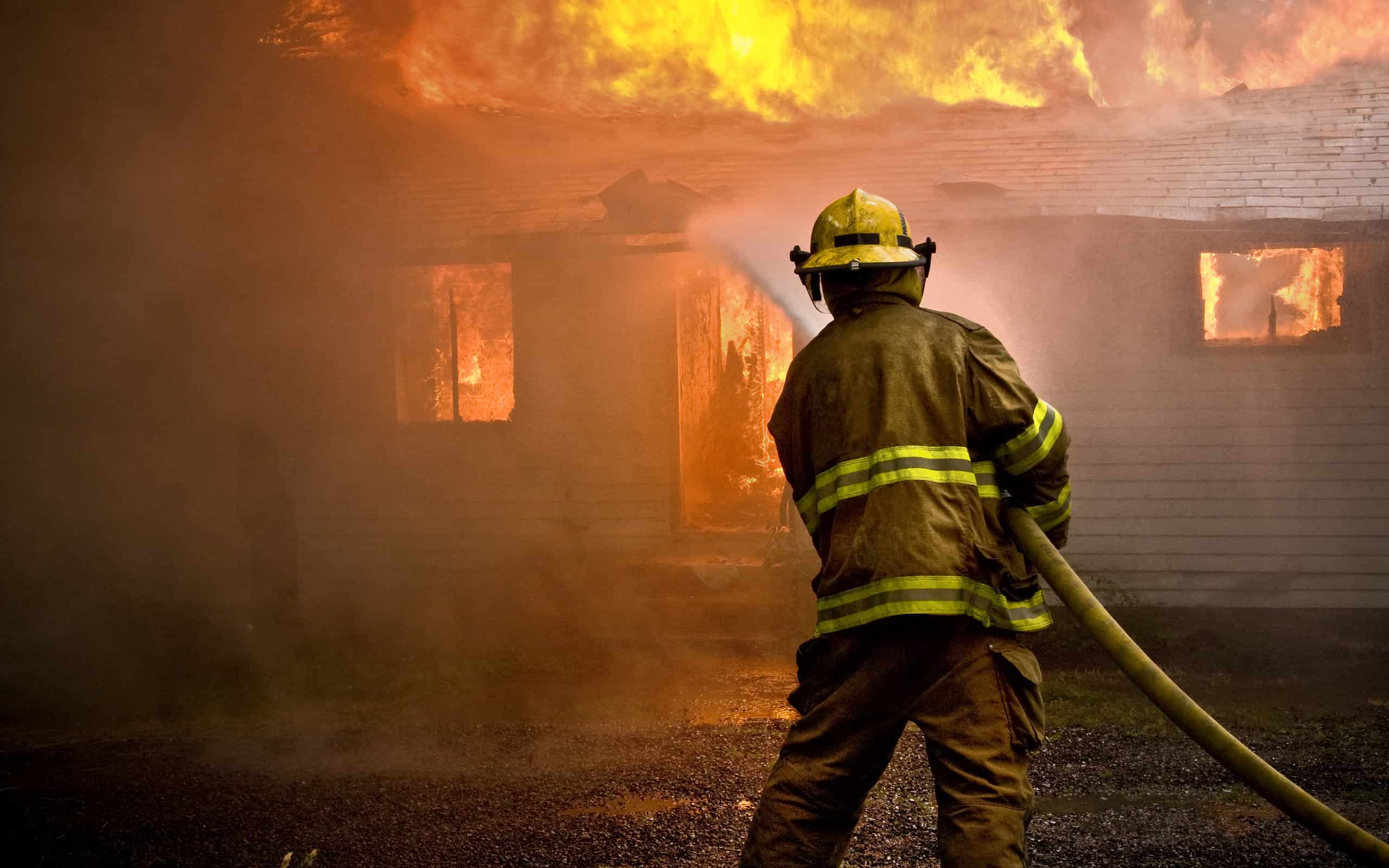
Wood stoves are responsible for more than 4000 residential fires each year.
©© Chuck Moser/iStock via Getty Images
According to the United States Fire Administration, wood fireplaces are responsible for 4000 residential fires each year. The primary cause behind these fires is debris build-up in the chimney.
If investing in annual chimney maintenance can’t be a priority for you, wood-burning fireplaces aren’t the right option for your home.
Substantial Heat Loss

Traditional wood fireplaces are considered net energy losers.
©Rawf8/iStock via Getty Images
Wood fireplaces are considered one of the most inefficient ways to heat your home. They’re labeled as “net-energy losers” due to the heat lost through the chimney and during combustion.
Airtight wood-burning fireplaces help offset this loss and use approximately one-third of the amount of wood to heat a home compared to traditional wood fireplaces. However, gas fireplaces are considered far more efficient.
High Effort
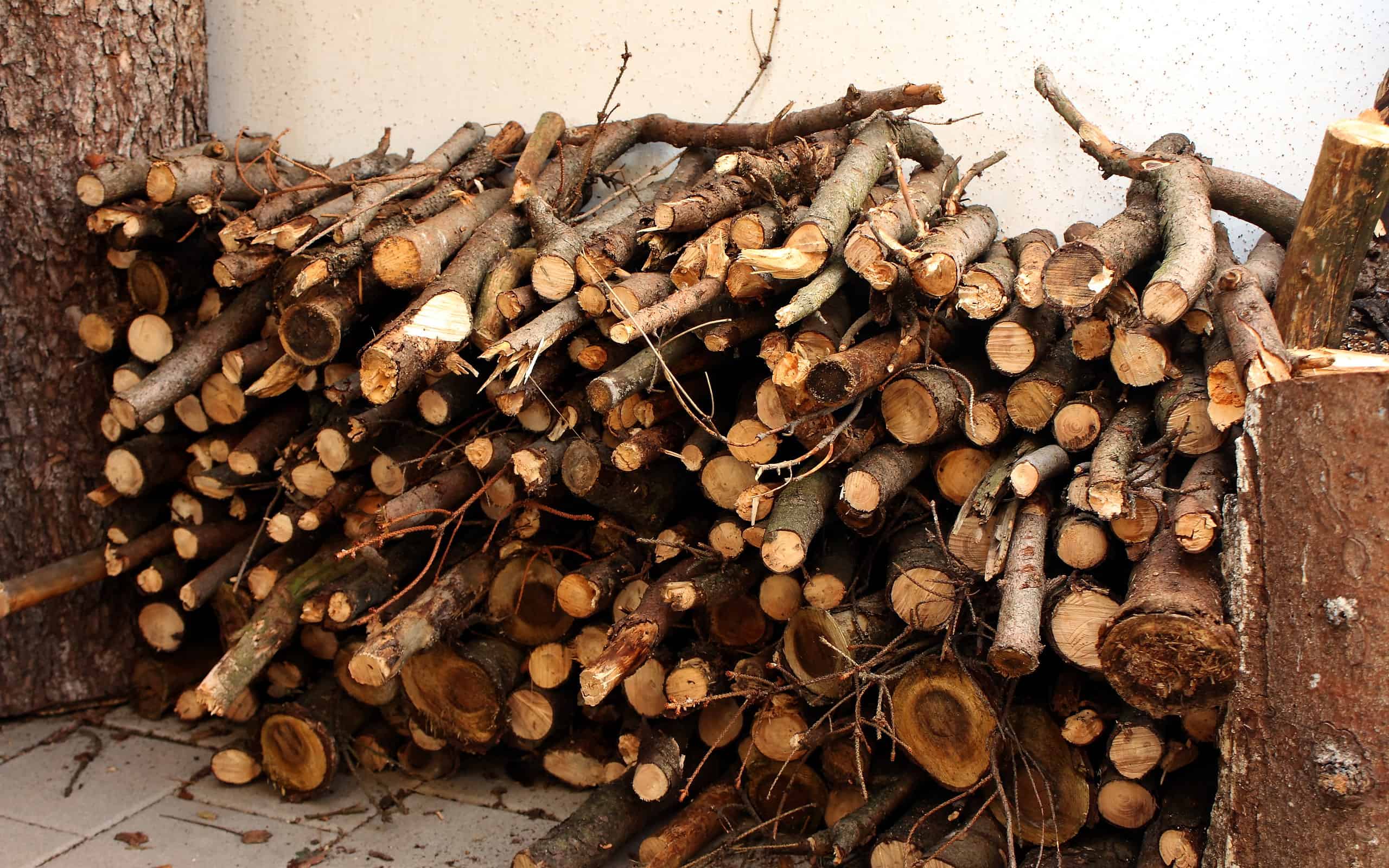
Harvesting and processing your own wood can help cut the costs associated with wood fireplaces.
©powerbiker1 (Thomas Kees) / CC BY-SA 3.0 de - License
One of the benefits of wood fireplaces is that they’re more affordable than other heat sources, especially when the wood is processed manually rather than purchased from suppliers.
The downside to this approach is the effort involved to source, process, and store the wood for the season. This approach may not be feasible for people in urban environments or those with mobility limitations.
Negative Environmental Impact
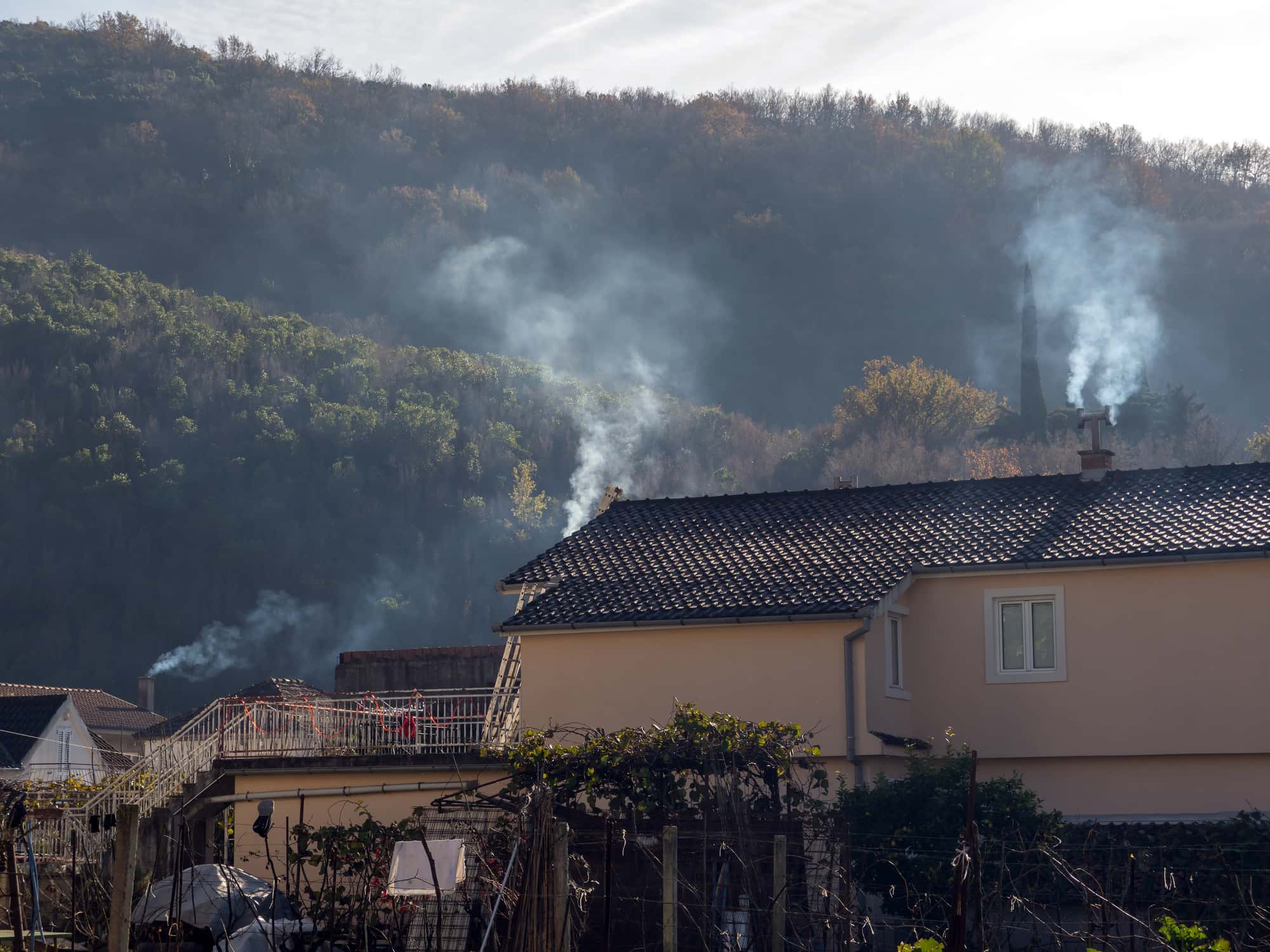
Wood smoke releases harmful toxins into the air.
©yuakimov/iStock via Getty Images
Fireplaces are considered the least energy-efficient way to heat your home. Burning wood negatively impacts the environment in several ways. The particulate matter released through the chimney contains harmful toxins like benzene and formaldehyde. In addition to the potential health impacts, these byproducts increase the risk of smog and acid rain.
The source of the wood could also be harmful to the environment. Ensuring the wood is sourced ethically and sustainably is essential for minimizing your negative environmental impact.
Poor Temperature Regulation

Wood stoves lack the temperature regulation of other heat sources.
©RossHelen/Shutterstock.com
Wood-burning fireplaces are exceptionally difficult to regulate. Once the fire gets going, it can be difficult to make the room cooler without risking the fire going out. Conversely, the house could become quite cold if the fire goes out overnight. The only way to adjust the temperature is to add or refrain from adding more wood.
Conversely, other heat sources allow you to set a consistent, comfortable temperature that you can adjust to your needs with the click of a button. Smart thermostats even allow you to control the temperature remotely or set schedules, so you can curb your costs and consumption.
High Insurance Premiums
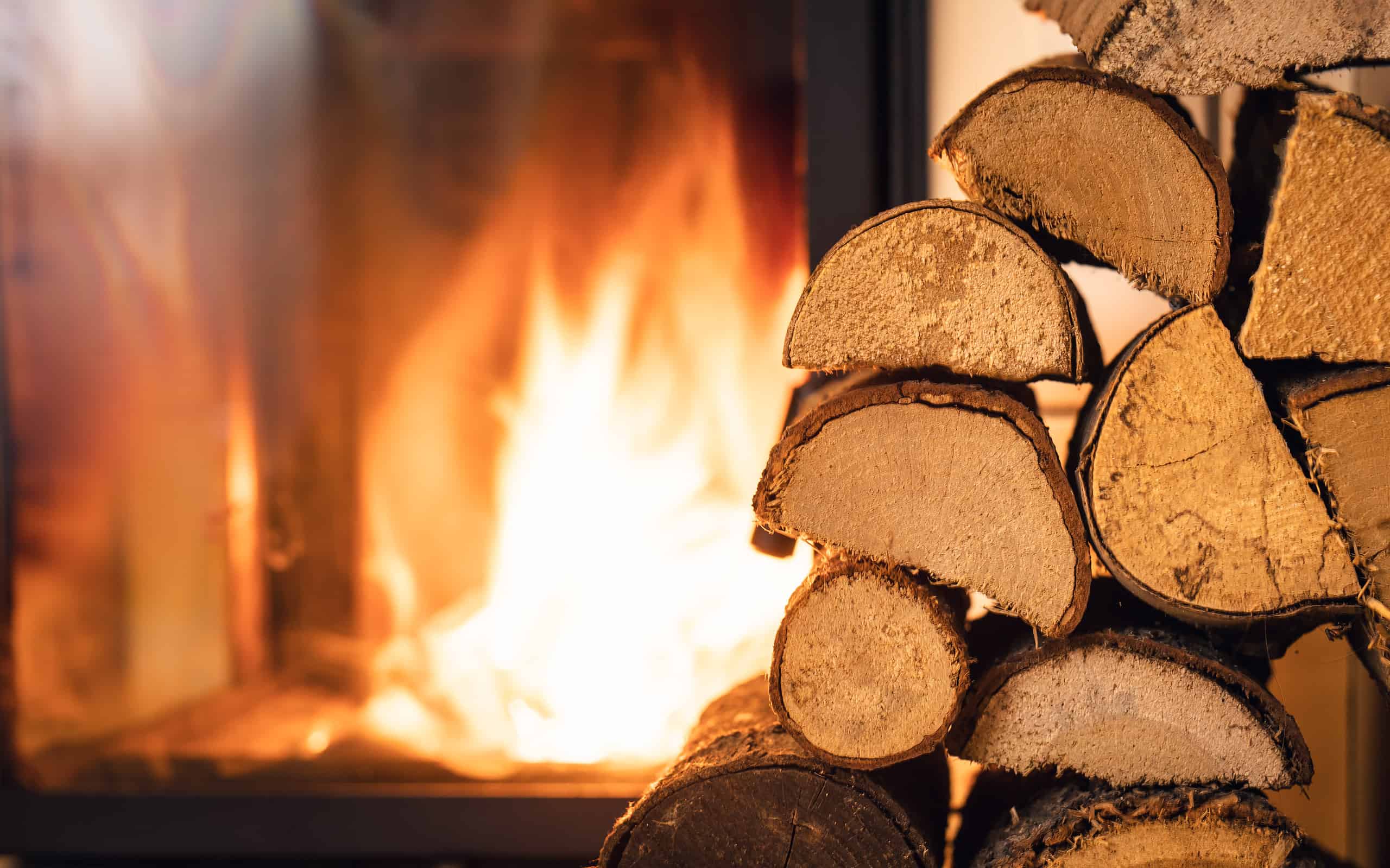
Homes with wood stoves have higher insurance premiums.
©Bastian Weltjen/iStock via Getty Images
The increased risk of fire and smoke damage means higher insurance premiums for homes with wood-burning fireplaces. If the wood stove is the primary heat source within the home or you can’t prove it had professional installation and maintenance by a professional, it could even lead to coverage denial.
Electric heat, heat pumps, and natural gas are considered the best options for home insurance coverage.
The photo featured at the top of this post is © Bastian Weltjen/iStock via Getty Images
Thank you for reading! Have some feedback for us? Contact the AZ Animals editorial team.






